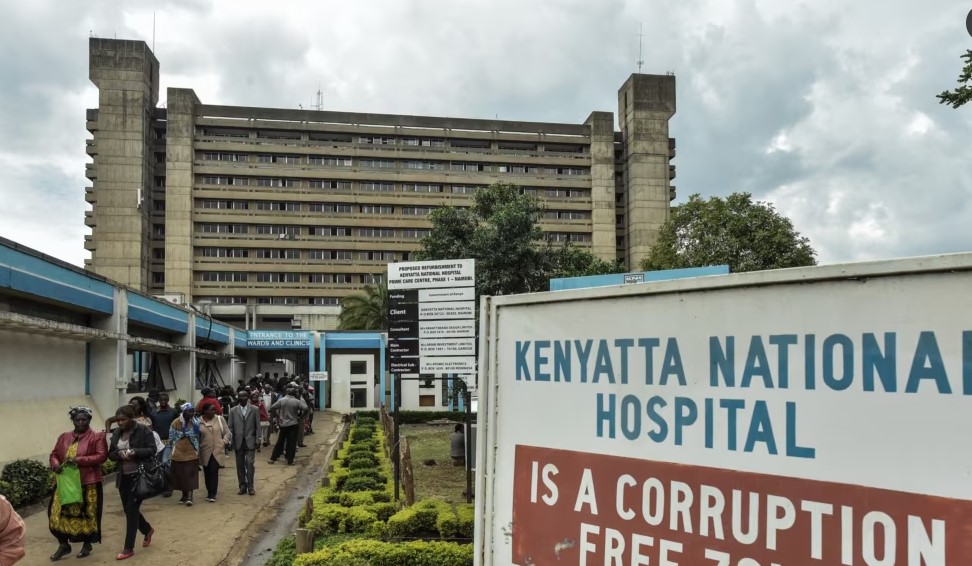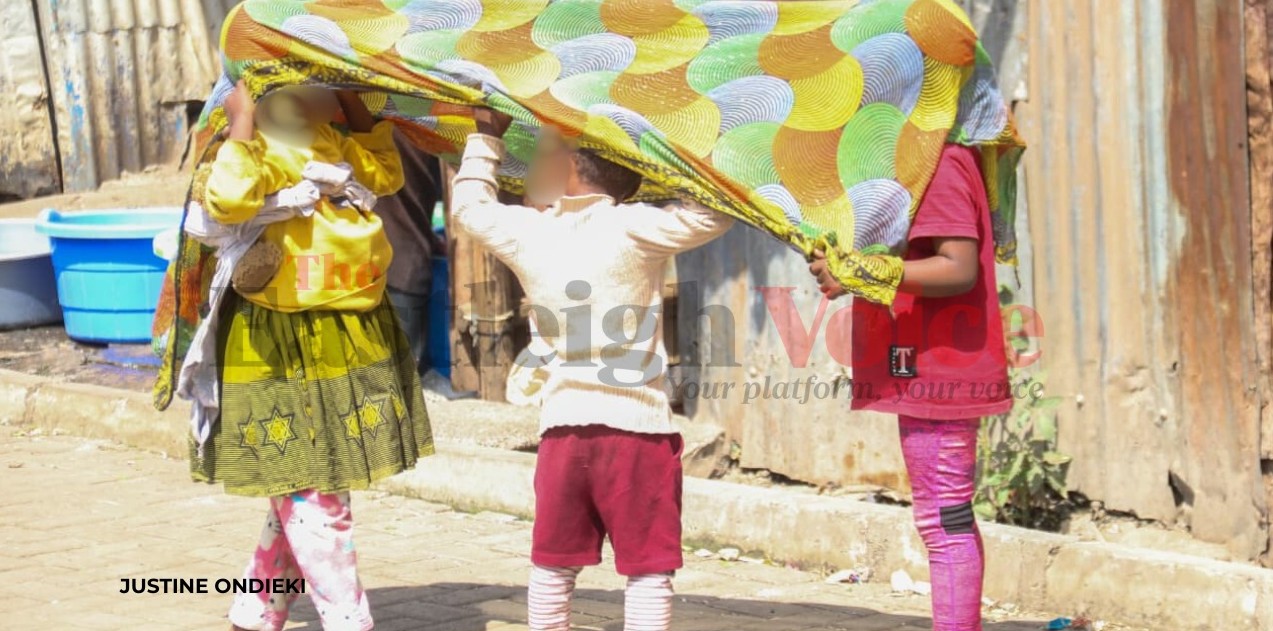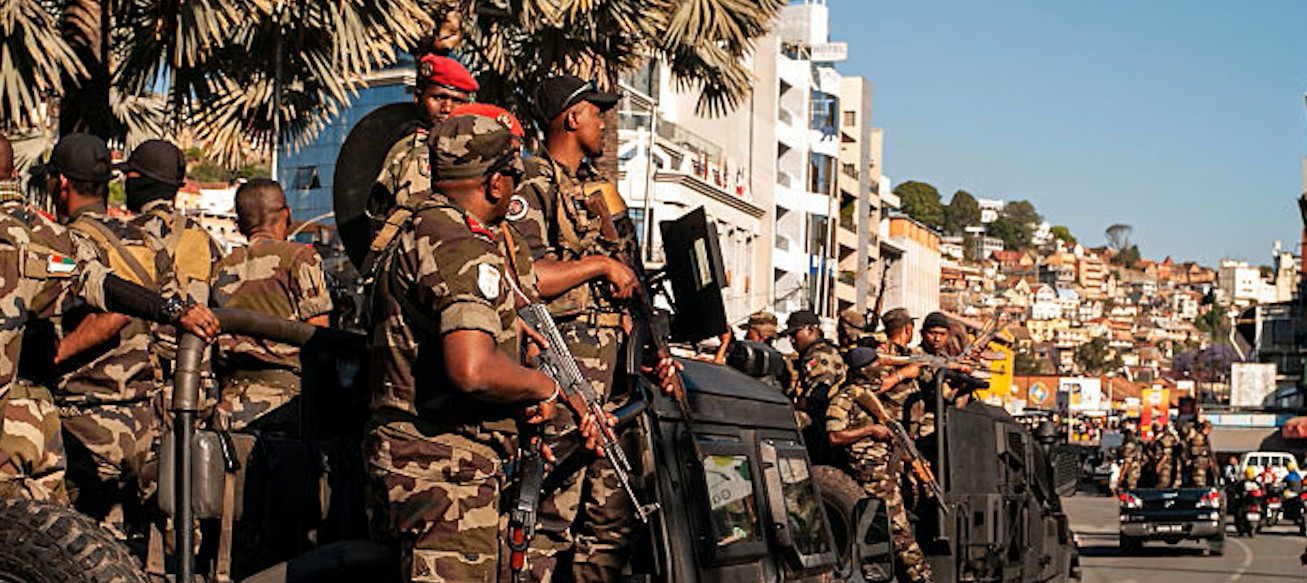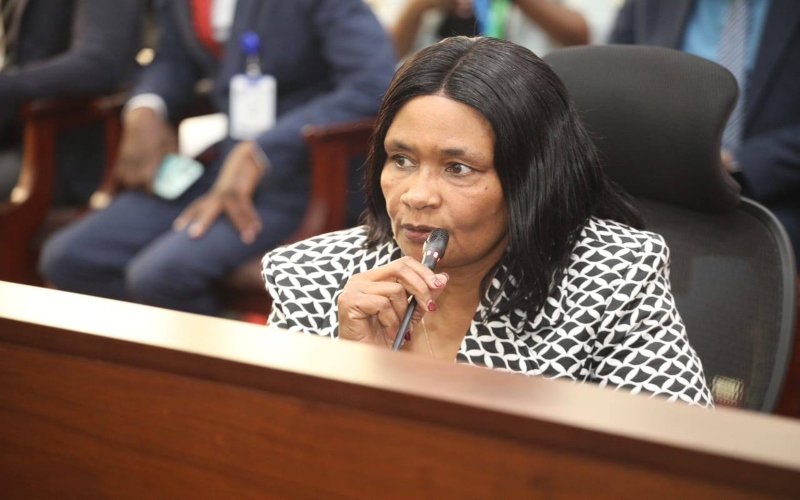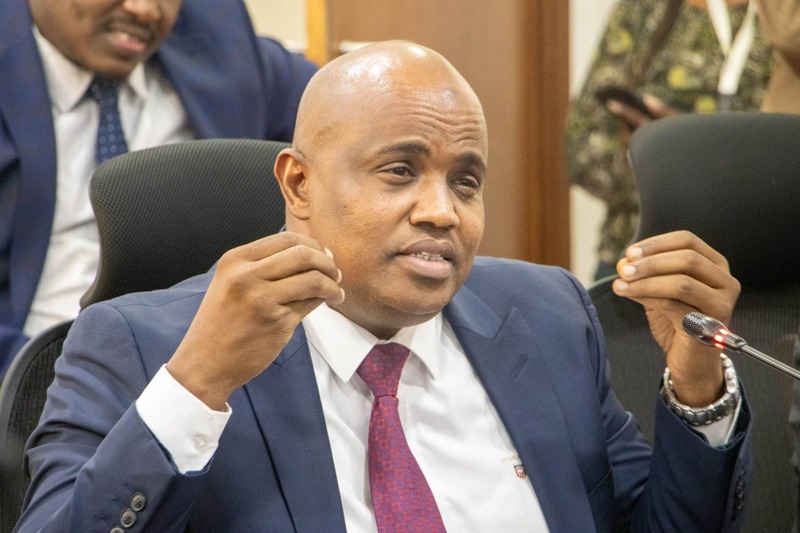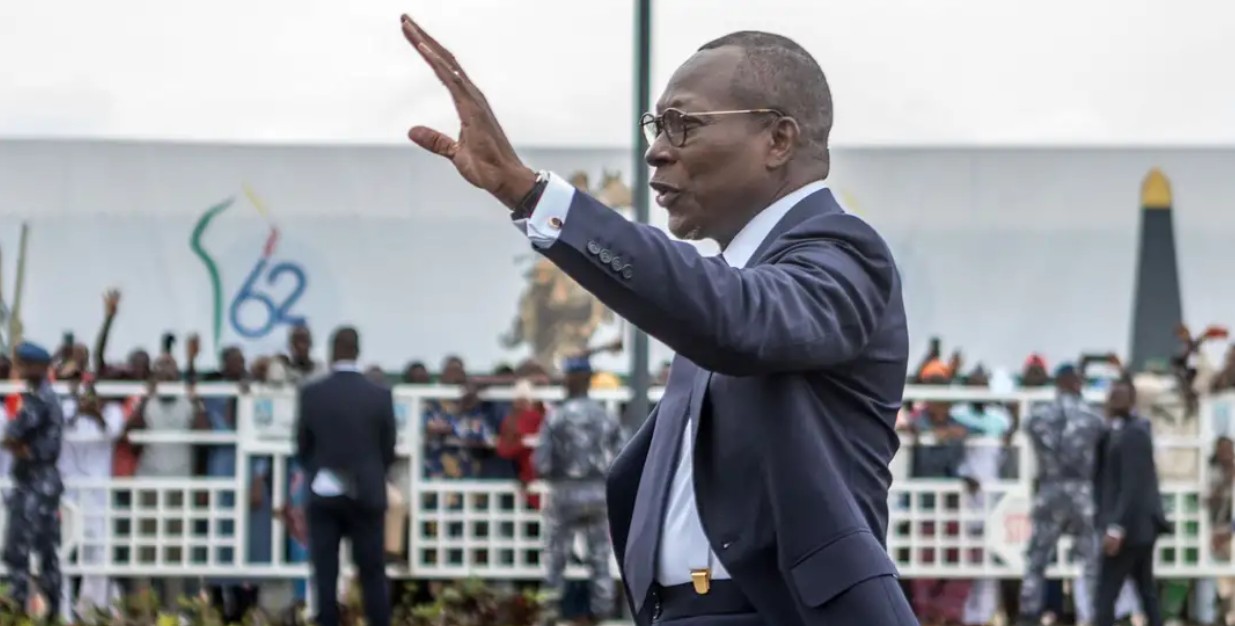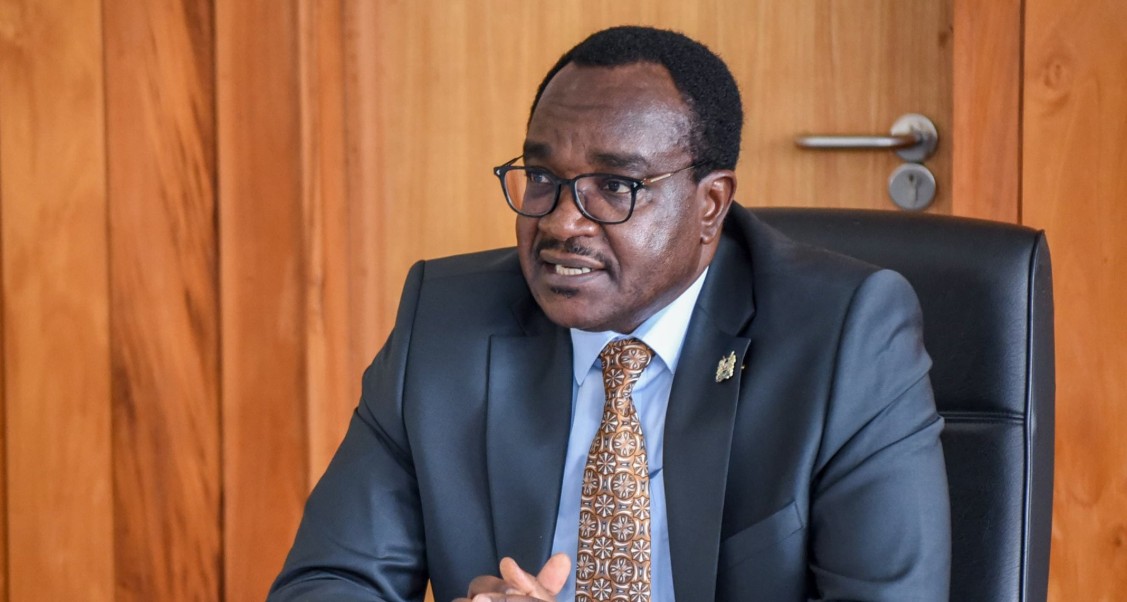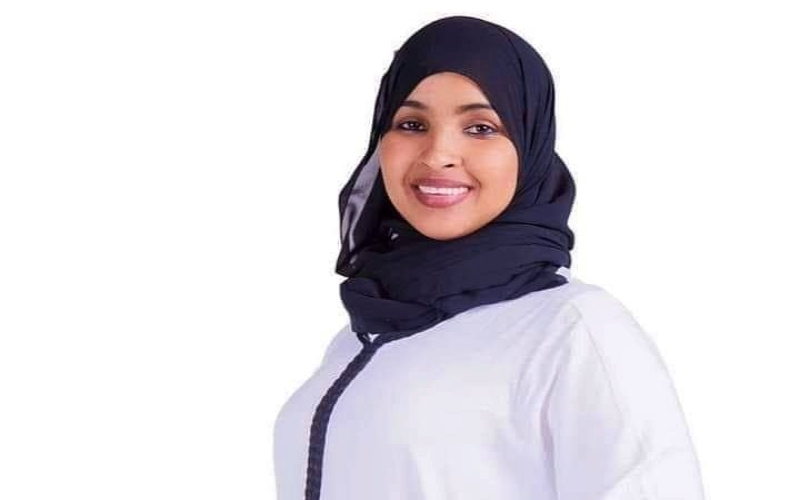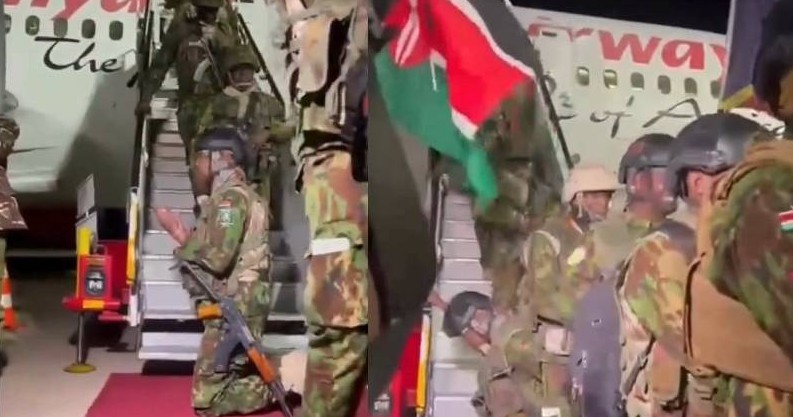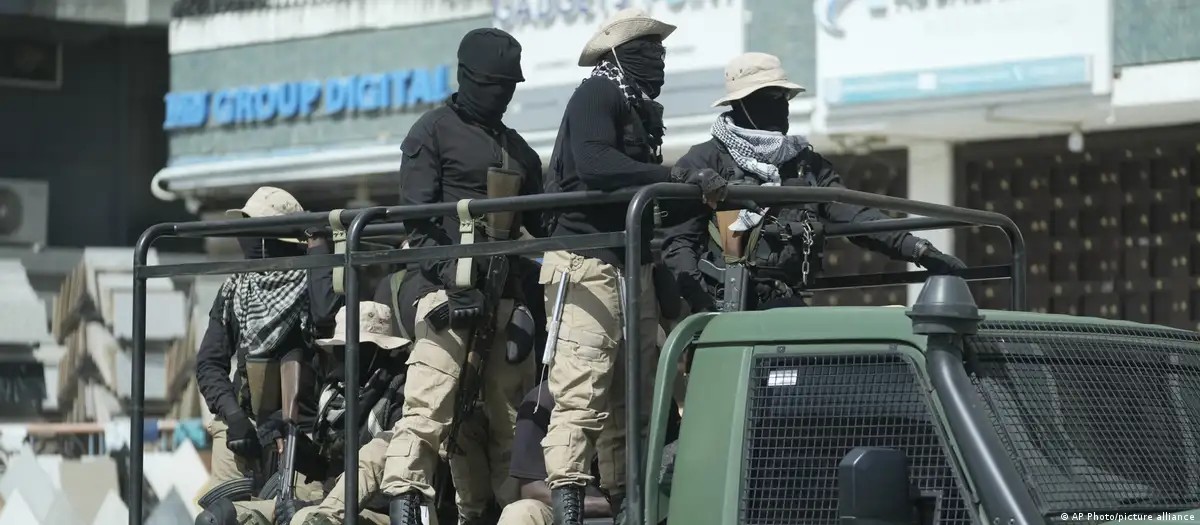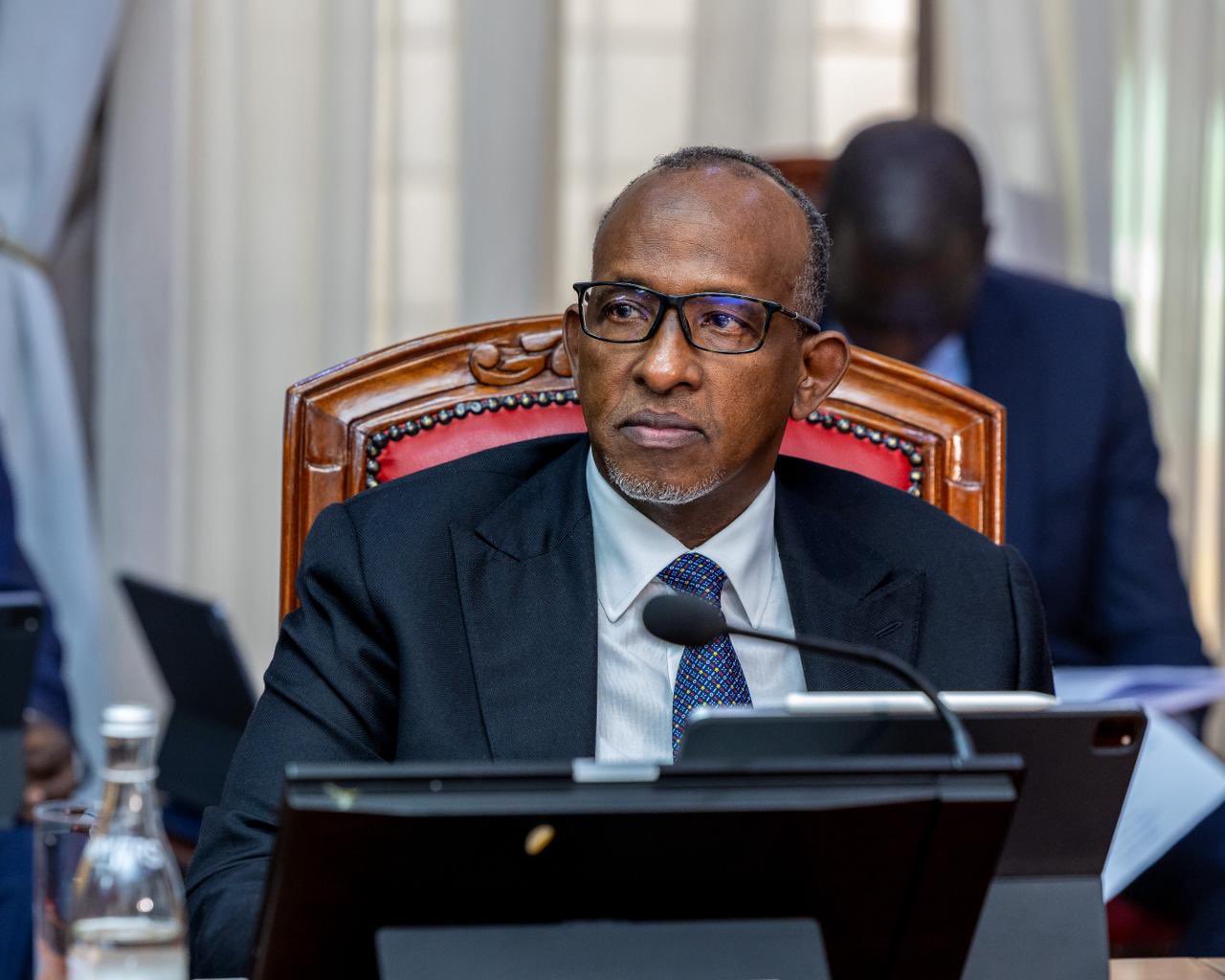Isiolo FGM survivors on a mission to dissuade girls from undergoing the cut
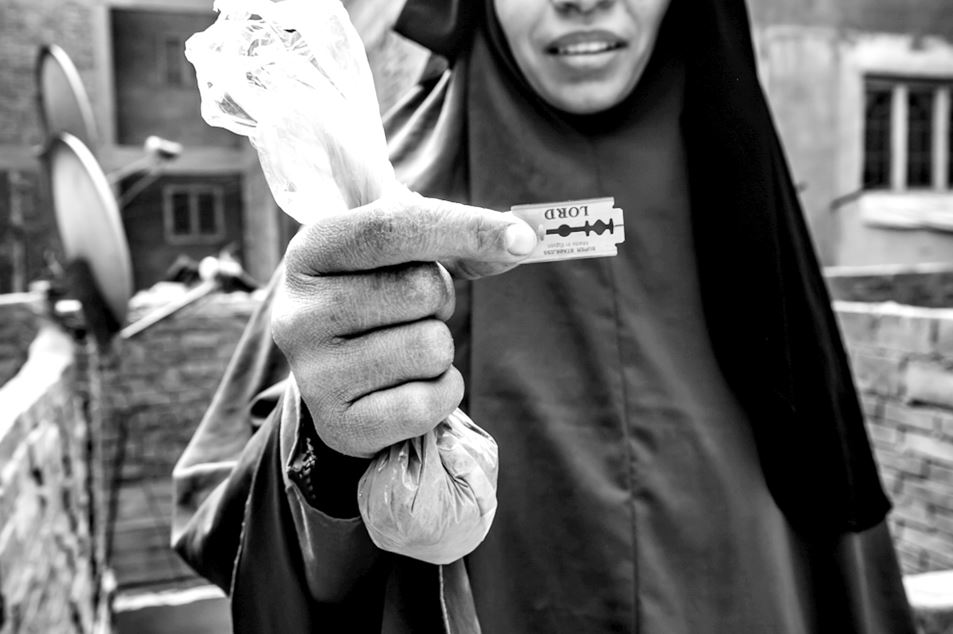
More than 200 million girls and women alive today have undergone FGM in 30 countries in Africa, the Middle East, and Asia.
Anab Kasim was eight years old when she underwent circumcision or female genital mutilation (FGM).
Though naive at the time, she was somewhat excited about going through what she would later learn was an excruciating procedure that exposed her to complications during childbirth, and which pushed her into championing against FGM in Isiolo County.
More To Read
- KNCHR report casts doubt on Kenya’s commitment to refugee protection
- Maasai community leads change as elders endorse fight against FGM and early marriage
- Stakeholders warn of increased FGM cases in Wajir during long school holiday
- Gender CS Cheptumo calls for collective action against teenage pregnancies
- From silence to strength: The Kenyan women ending FGM and early marriages
- Nowhere to run: How girls escaping harm still find themselves in unsafe spaces
Before she underwent the rite in Mandera Central where her mother hailed from, she had been made to believe that the cut made one clean, complete, and more beautiful. She was promised some gifts after ‘braving the knife’.
Her family was at the time living in Kiamunyeki, Nakuru County and Anab travelled with her mother to Mandera for the cut.
“I was not told it would be painful. I was only asked to be courageous and not to cry as doing so would depict me as a coward whereas women were expected to endure all forms of pain,” she said.
Before sunrise on the material day, Anab and over 10 other girls sat on a floor mat in a compound in Bula Mpya where temporally structures had been set up for their seclusion. Anab was the first to face the knife.
“A very sharp pain filled my body but I could not scream because my mouth had been covered. I had to endure the pain to the end because that was the only option I had,” she said.
Hers was infibulation, which is the most severe form of FGM (Type III), involving cutting and repositioning of labia minora and or the labia majora where only a small opening is left to allow urine and menstrual discharge.
After the cut, thorns or stitches are used to hold together the two sides of the labia, constraining the vaginal opening, and legs bound to prevent movement for fast healing.
This form of FGM originated in Egypt before spreading to Sudan, Somalia, Ethiopia, and Eritrea where it remains common.
“The procedure took about 15 minutes. I was then forced to sit in a hole with burning charcoal mixed with herbs that the cutter told me was to soothe the pain, prevent infections, and help the wound dry faster. It was very painful,” she said.
Excessive bleeding
Whereas other girls healed in a fortnight, Anab almost died from excessive bleeding and stayed in seclusion for over a month. Surprisingly, the circumciser and her accomplices were hesitant to take her to the hospital, leaving her to survive on herbs.
“I experienced a lot of pain while urinating and urine came out in small drops,” she said.
The reason for the cut varies among communities, but many believe it reduces women's libido and helps them resist sexual desires until marriage, which ostensibly ensures they do not have babies out of wedlock.
Other Topics To Read
- Northern Kenya
- FGM
- Female Genital Mutilation
- FGM kenya
- FGM eastleigh
- kenya FGM statistics
- International Day of Zero Tolerance for FGM
- FGM wajir
- FGM activists kenya
- FGM activists wajir
- FGM somalia
- FGM garissa
- FGM northern kenya
- Isiolo FGM survivors on a mission to dissuade girls from undergoing the cut
- Headlines
According to the World Health Organisation, over 200 million girls and women alive today have undergone FGM in 30 countries in Africa, the Middle East, and Asia where FGM is prevalent.
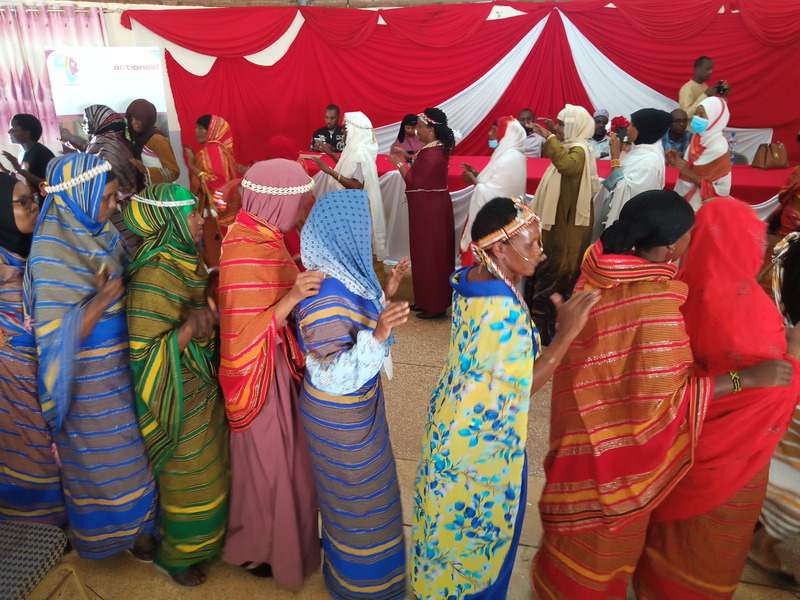 FGM survivors in Isiolo participate in a dance during the launch of County Survivors Network on March 5, 2024. (Photo: Eastleigh Voice)
FGM survivors in Isiolo participate in a dance during the launch of County Survivors Network on March 5, 2024. (Photo: Eastleigh Voice)
In Kenya, FGM is most prevalent among women in the Somali community at 93 per cent, followed by Samburu (86 per cent), Kisii (84 per cent), and Maasai (71 per cent) according to the 2014 Kenya Demographic and Health Survey.
Anab would experience extraordinary pain eight years later when she was married off while in Form Two as she had to undergo de-infibulation on her scarred genitalia to prepare her body for sex.
Deinfibulation is a procedure where scar tissue covering the vaginal opening is cut and its edges are stitched to expand the opening.
“I had complications when giving birth to seven of my children because further cut and stitching is a must for safe delivery,” the 42-year-old woman revealed. She swore to never allow any girl or woman to undergo a similar ordeal.
A similar story is told by Sadia Hassan Tache, an FGM survivor from Garbatulla who is now a crusader against the cut.
While she was forced to undergo the cut at nine years old, the horrifying experience is still fresh in her mind.
“My mother, who had accompanied me, ran away after I started screaming. I had been blindfolded and held tight by some heavily built women. My wound took long to heal,” the 25-year-old woman said.
In most cases, mothers accompany their daughters and watch while the procedure is carried out to ensure it is ‘done correctly’.
The circumcisers either perform the procedure at their homes, in bushes, or at clients’ homes — especially those in secluded areas — to ensure authorities do not track them.
Mission
Sadia’s experience made her embark on a mission to dissuade girls and women in Isiolo County from undergoing FGM. She also ensured her two younger sisters did not undergo the cut.
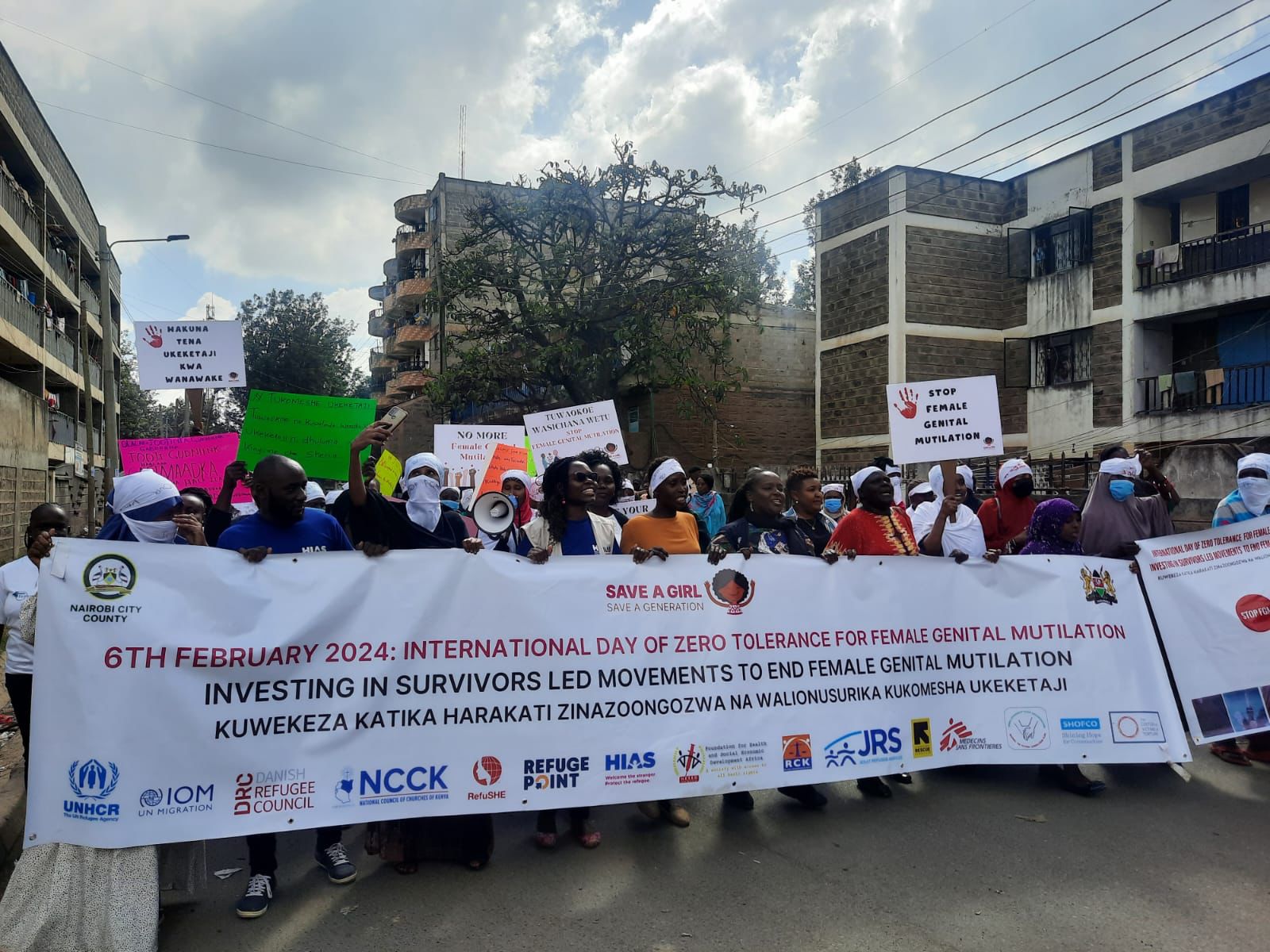 Women stage a march in Eastleigh to denounce FGM. (Amin Abdullahi/File)
Women stage a march in Eastleigh to denounce FGM. (Amin Abdullahi/File)
“The fact that my mother ran away showed that it was a wrong thing. It pained me that she did not even ask me about the experience afterwards and I was not allowed to decide my life,” she said.
She says she has over the years grappled with infections and developed a strange fear of getting pregnant due to the sad experiences that other survivors went through.
With pastoralist communities being patriarchal, girls and women are barred from making decisions over their lives, making them subject to the men who wield power and dictate everything about their lives, including whom to marry and when.
During a recent interview in Isiolo town, Anab, who has been an anti-FGM advocate for more than a decade, said community backlash, the disconnect between activists and authorities, and illiteracy are among the major impediments in their crusade against the cut.
“Our communities say we lack discipline for speaking against a deeply entrenched culture and should not dissuade people from undergoing the procedure we underwent,” she said.
In some instances, highlighting the violations results in clan conflicts, with elders denying survivors justice by settling the cases out of court through the maslaha system, an alternative dispute resolution mechanism.
“Culprits bribe elders to convince the survivors to drop the cases on grounds that their respective clans would suffer blame for having someone from their community jailed,” Anab said. She is among the most vocal FGM and gender-based violence advocates in northern Kenya.
There are also gaps in the referral pathway, including a lack of safe centres and failure to ensure confidentiality of the information shared by crusaders with the authorities, which makes the former an easy target for the culprits.
“The cases being reported are just treated as mere numbers without looking into the risk the girls and women are exposed to for undergoing the cut. This discourages reporting,” Anab said.
She said cross-border and medicalised FGM by health practitioners on girls who are only months old are among the ways used by the perpetrators to circumvent the law.
A young family shocked the world in November 2022 when they subjected their six-month-old daughter to FGM at their home in Leparua, Isiolo North. The case is pending in court.
Anab has been sensitising local communities on the effects of FGM at public meetings, local radio stations, and online platforms while also mentoring the survivors to share their stories as part of the healing process.
“Sharing with them my experience enables them to open up and share theirs, which helps them escape mental health problems due to the harrowing experiences they had,” she said.
Top Stories Today
